You can send a screen shot, setup files and other files in an email from DS7000 and MSO5000 series oscilloscopes.
To set up email service press the Utility key and then More and Email at the right side of the display.
Now you can press Settings at the bottom right corner of the display to enter the email server login settings menu:
The following window is displayed. After the settings are entered tap OK to complete the server login. To cancel login, tap Cancel to exit or tap the icon at the upper-right corner of the window to exit.
- Press SMTP to set the mail transmission protocol.
- Press Port to set the protocol port in the pop-up numeric keypad. Its range is from 0 to 65535.
- Press UserName to set the user name of the server.
- Press PassWord to set the password of the server.
You can then press Test to verify whether the email server is properly set up.
Once the scope is set up to send emails you can then use File Select and and Attachment to select the file to be sent along with any desired attachments.






















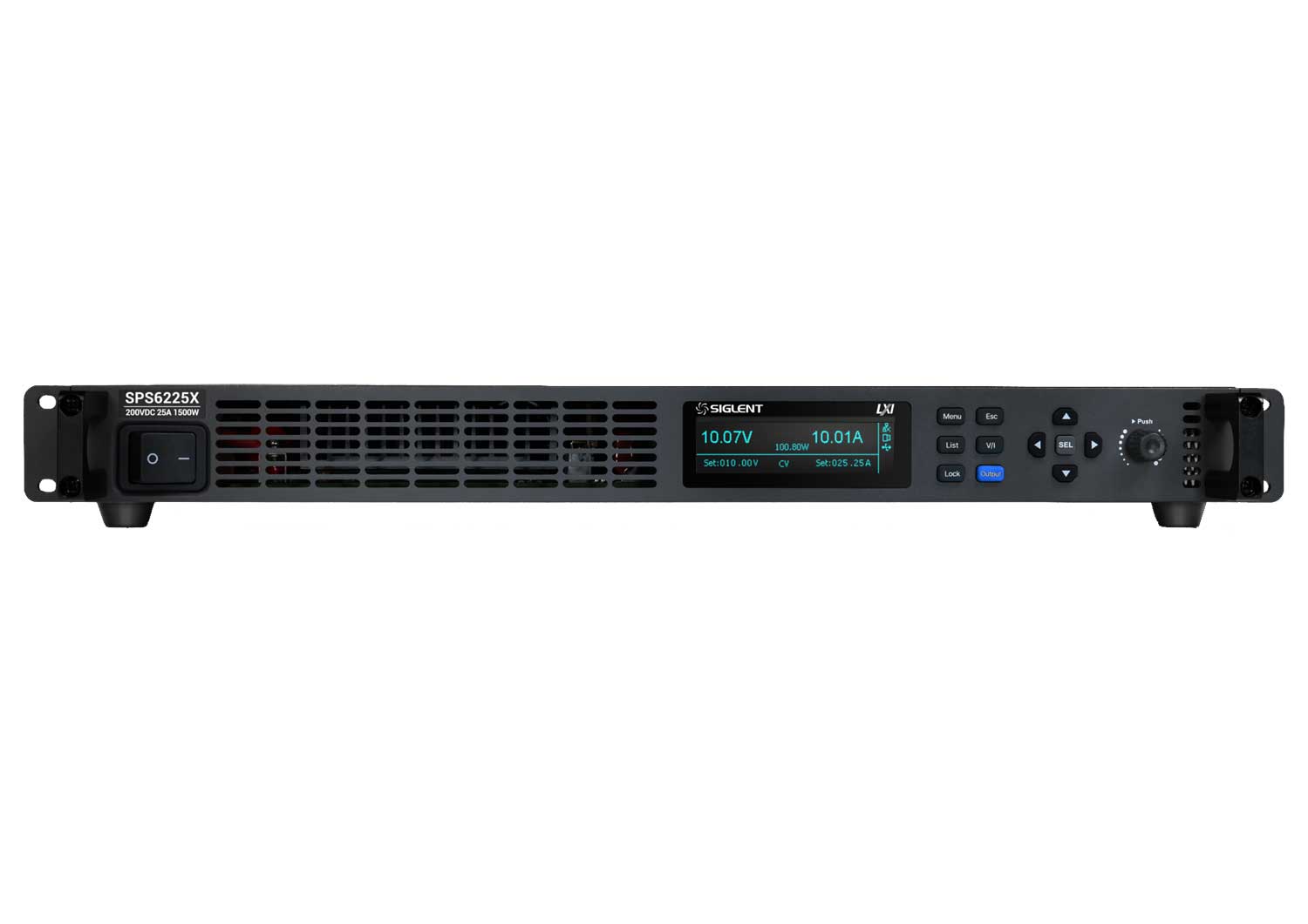

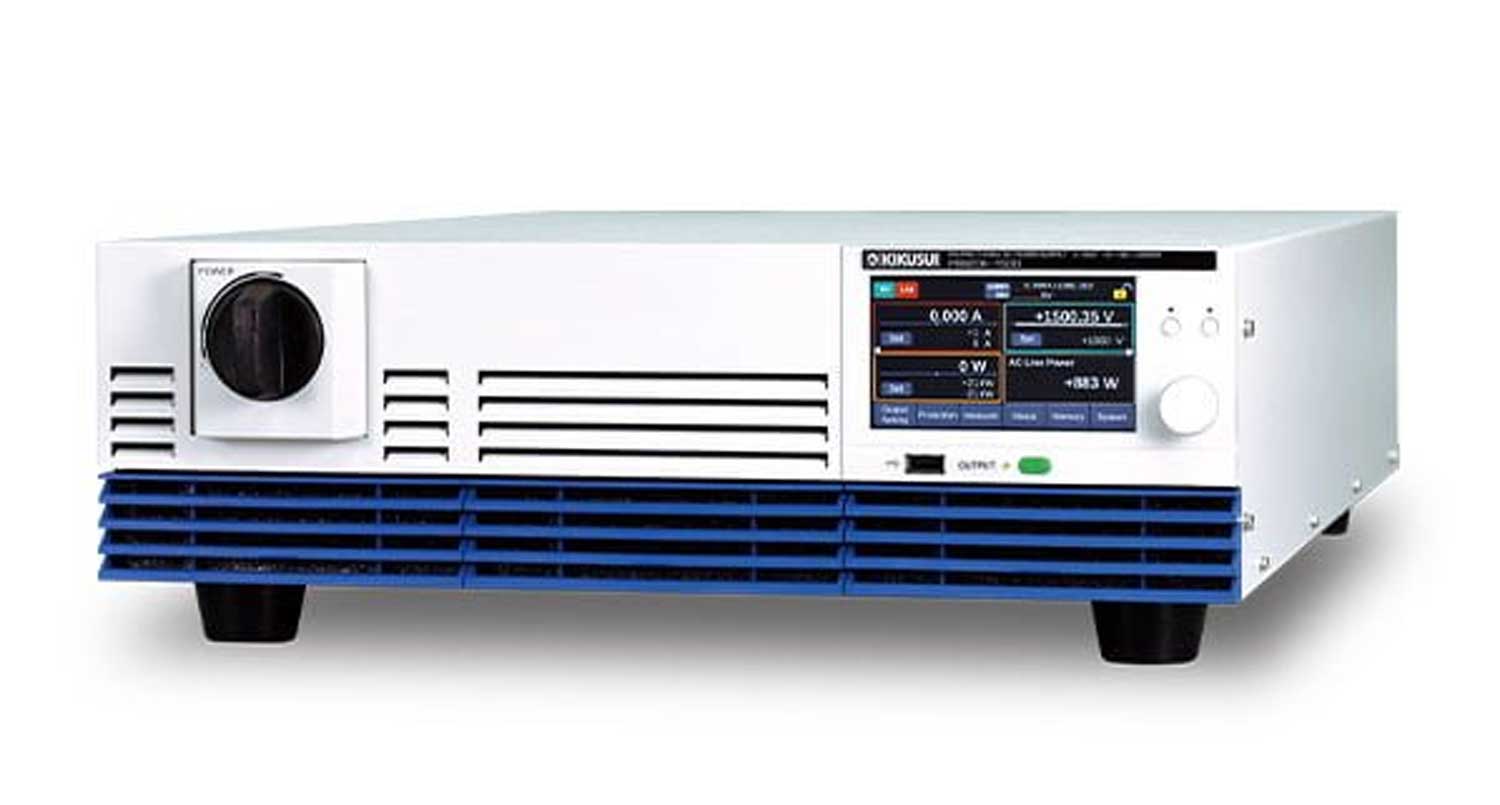
















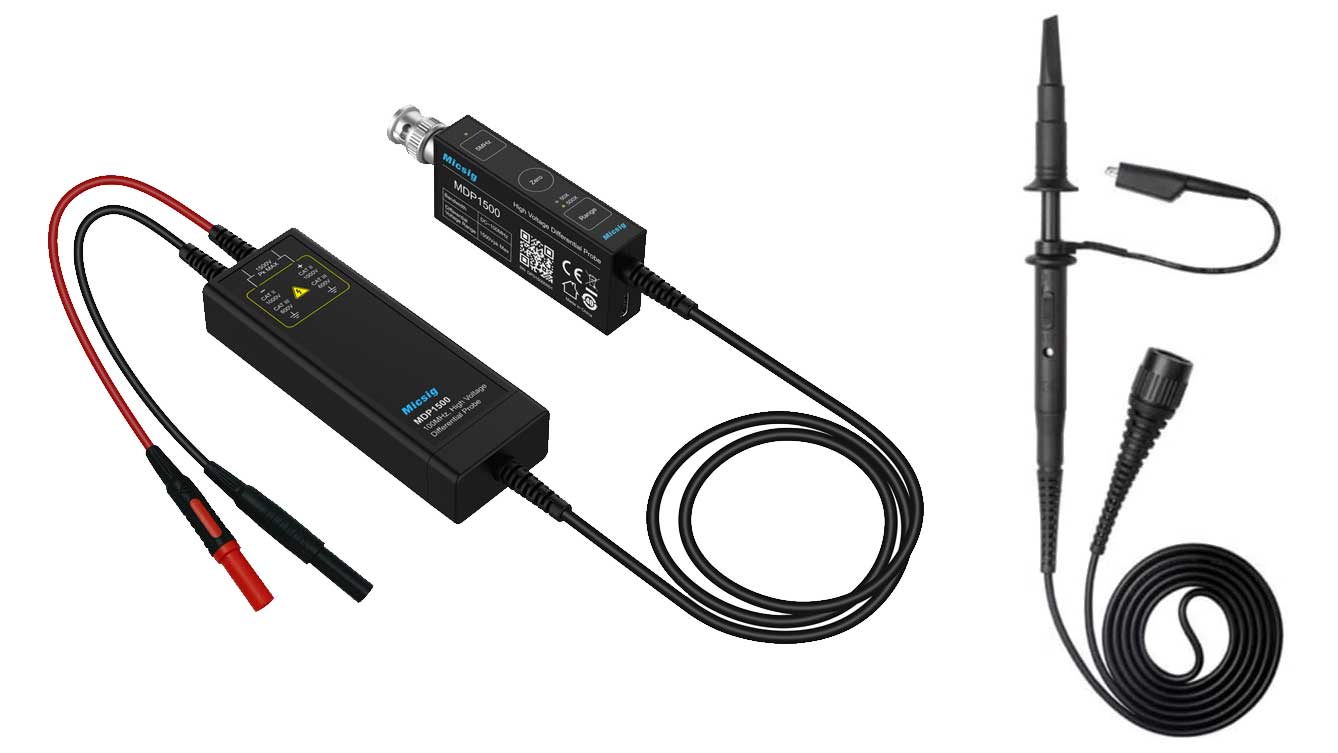









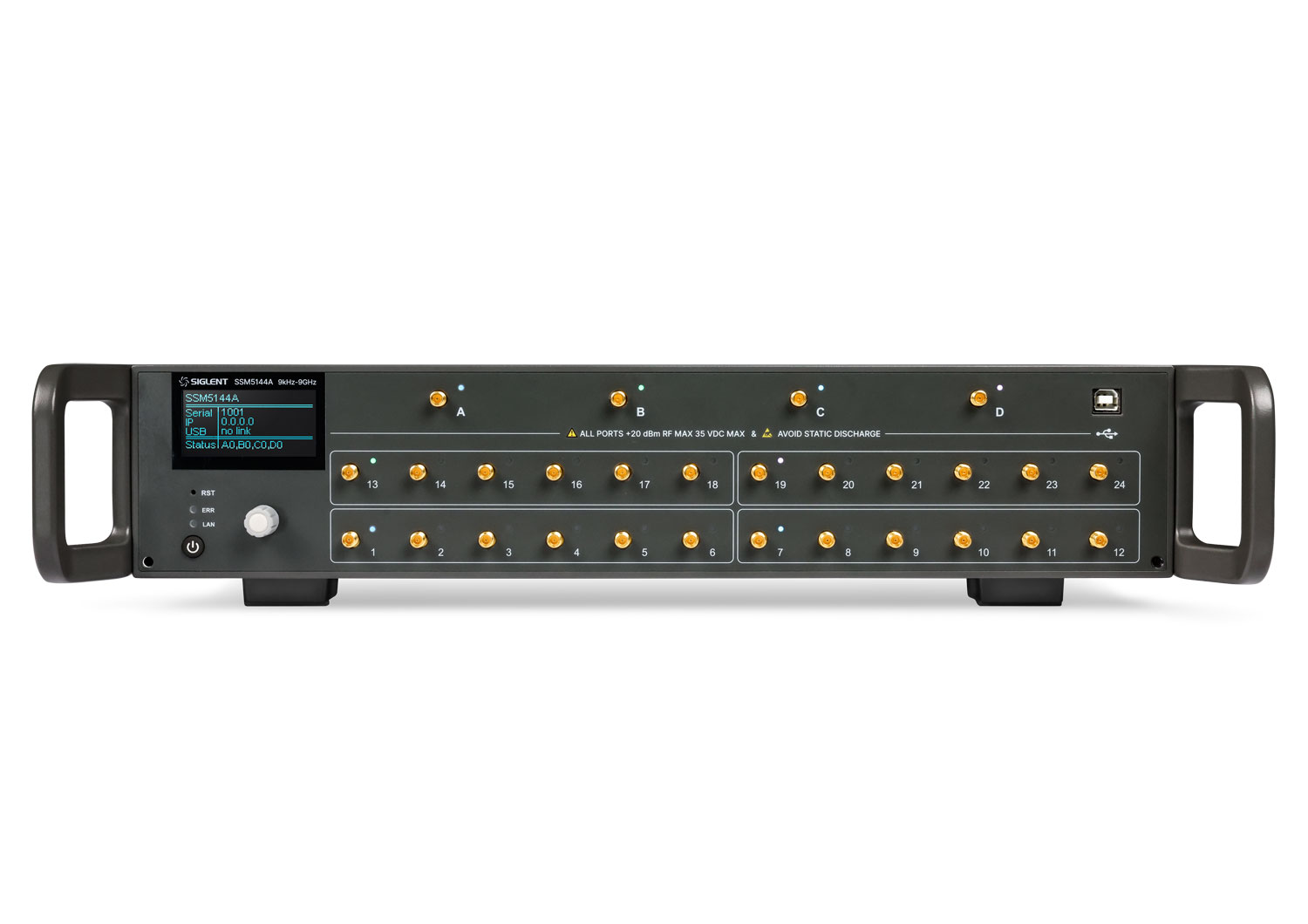












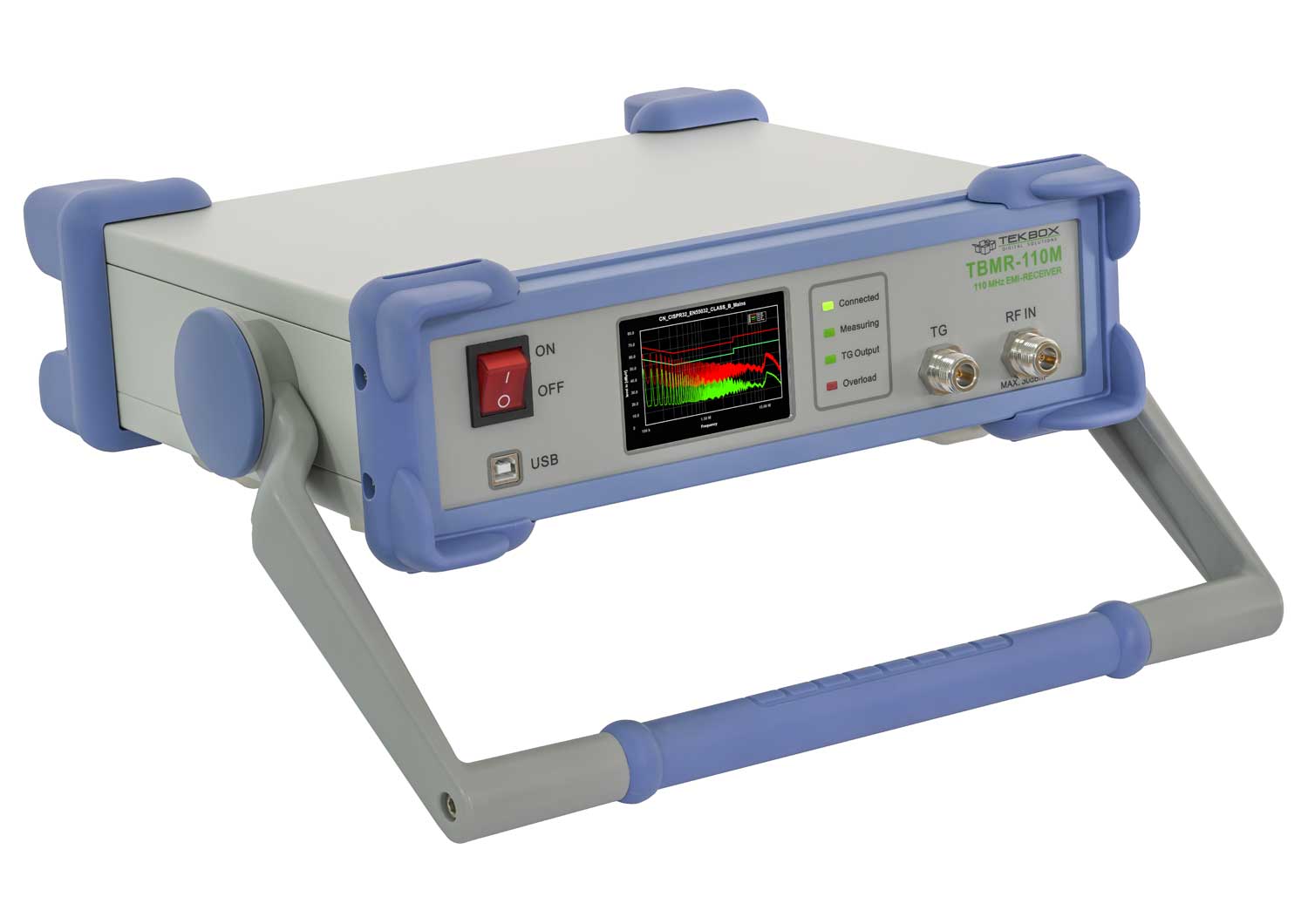
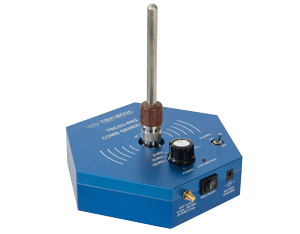

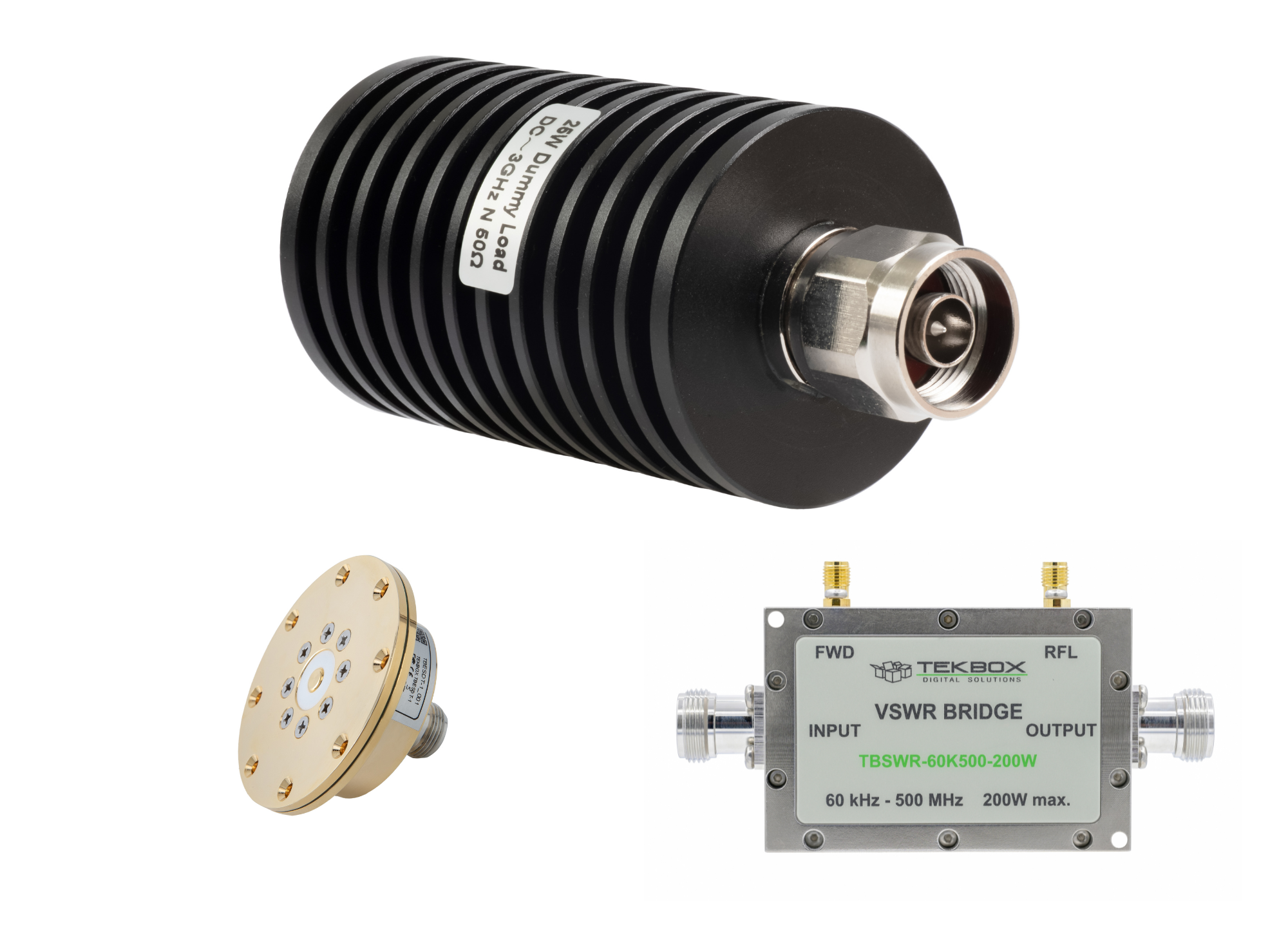




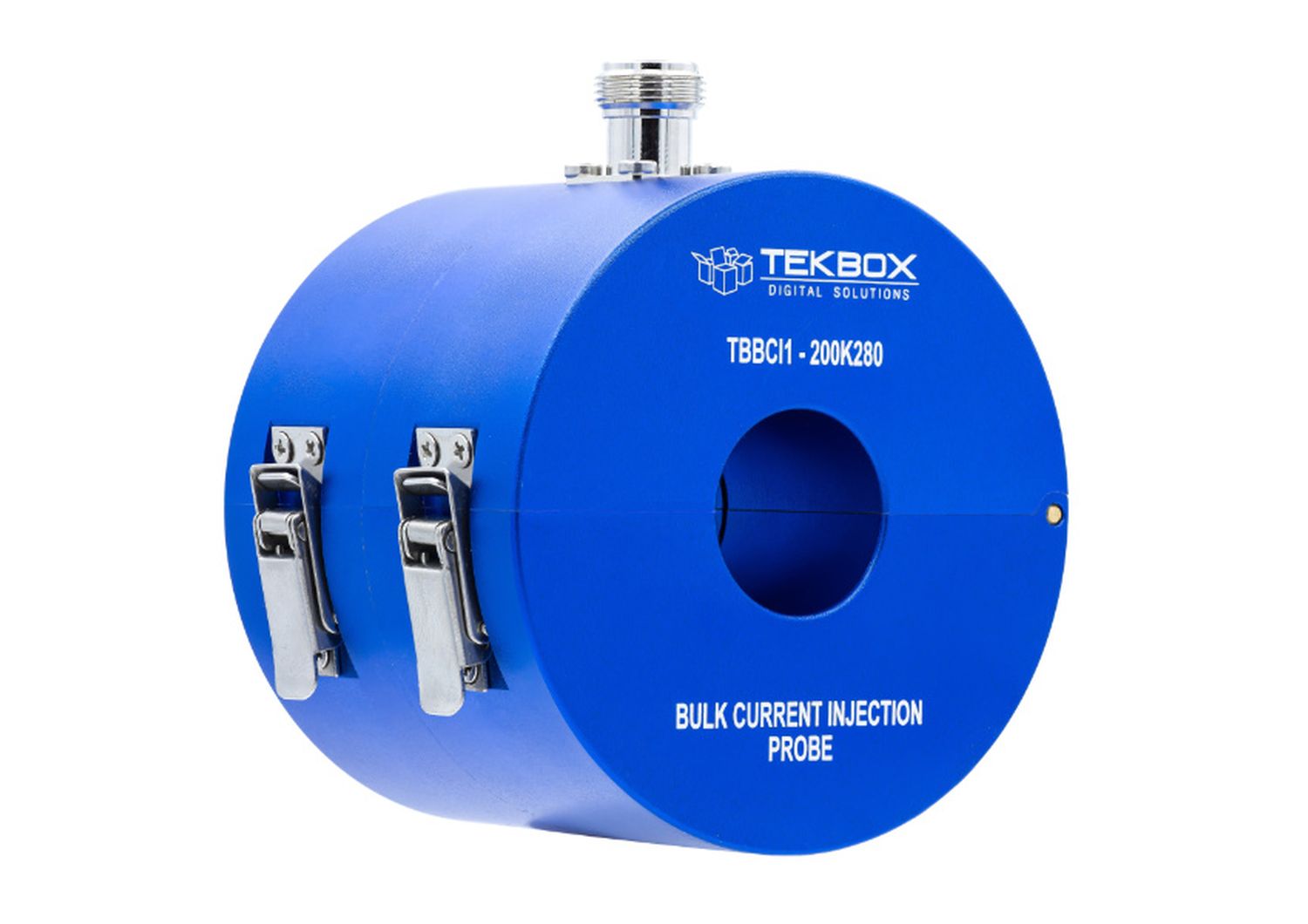



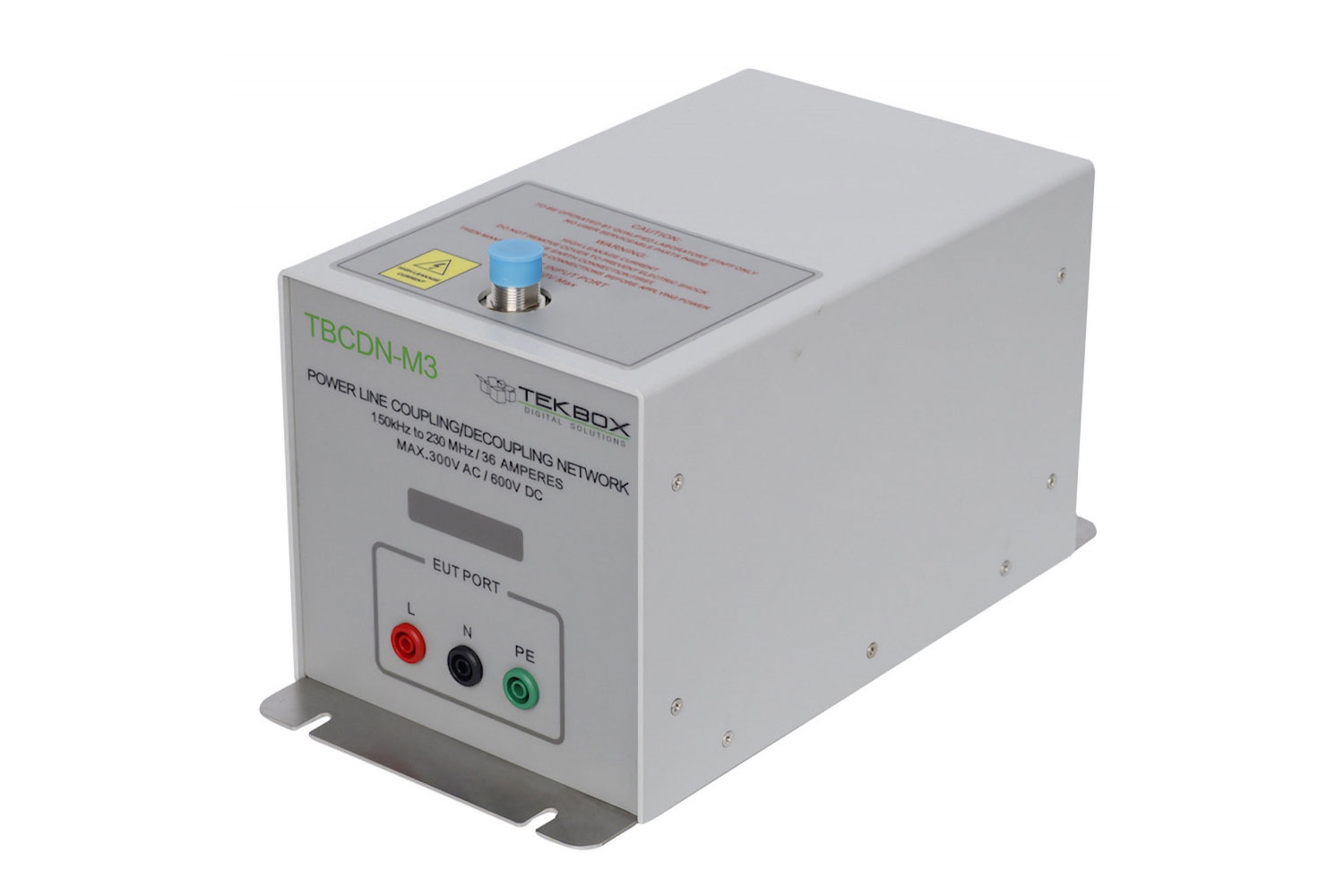
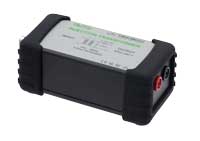















 FREE SHIPPING £75+
FREE SHIPPING £75+
 CELEBRATING 50+ YEARS
CELEBRATING 50+ YEARS
 PRICE MATCH GUARANTEE
PRICE MATCH GUARANTEE


